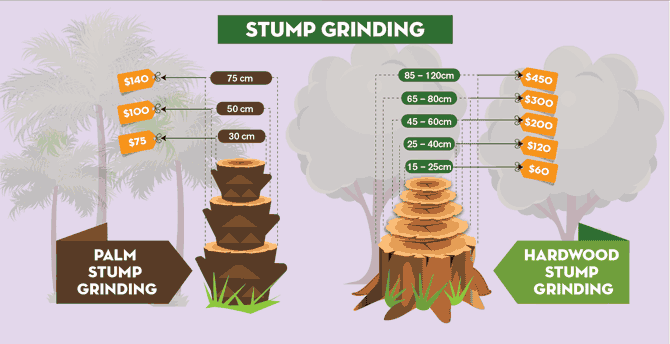The Future Of Trees: Just How To Identify When Removal Is Needed
The Future Of Trees: Just How To Identify When Removal Is Needed
Blog Article
Web Content Create By-Blom Bright
If you've ever before questioned the destiny of the trees on your home, understanding when it's time for removal is crucial. However how do you identify if a tree can be conserved or if removal is the only option? By searching for certain indicators and assessing safety risks, you can make enlightened decisions that benefit both your landscape and your environments. Allow's explore the essential aspects that enter into play when deciding the fate of a tree and exactly how you can make certain the most effective result for your eco-friendly friends.
Indications of Tree Decrease
If you discover any of the following signs of tree decline in your backyard, it may be time to take into consideration tree removal.
One typical indicator is dead or rotting branches, which can show underlying concerns influencing the tree's health. Look out for stained or wilted fallen leaves that linger despite appropriate treatment, as this could be a sign of disease or pests.
An additional warning signal is extreme leaning or an obvious shift in the tree's base, which might suggest origin concerns or structural instability. Keep an eye out for fungal growth on the trunk or roots, as this can suggest rot and jeopardize the tree's security.
Additionally, if you observe big splits in the trunk or significant limbs, it's vital to address these problems quickly to prevent potential hazards. Addressing these indicators of tree decrease without delay can help maintain the security and visual appeals of your yard environment.
Security Worries
To make certain the wellness of your residential property and those around you, focusing on safety issues related to trees is extremely important. Trees can position numerous safety and security dangers if not appropriately maintained. Dead or rotting branches may fall all of a sudden, threatening individuals or harmful structures.
Leaning trees can also be hazardous, specifically if they're leaning in the direction of a building or power lines. In addition, trees with comprehensive origin systems near structures or below ground energies can trigger significant damage over time.
It's essential to routinely check your trees for any signs of possible threat. Look out for splits in the trunk, huge cavities, or indicators of condition and decay. If you notice any of these concerns, it's best to consult with a specialist arborist to analyze the situation and establish the needed strategy.
Taking proactive steps to address security worries without delay can stop accidents and residential or commercial property damages in the future. Bear in mind, the safety and security of your home and those around you should constantly be the top priority when it involves tree maintenance.
Consulting an Arborist
When taking into consideration the health and safety of your trees, seeking advice from an arborist is an important step. Arborists are trained professionals that specialize in the care and maintenance of trees. They can evaluate the total health of your trees, identify any kind of concerns such as conditions or structural issues, and provide skilled recommendations on the most effective strategy.
By getting in https://www.countryliving.com/home-design/decorating-ideas/g25596084/pergola-ideas/ with an arborist, you can get valuable insights into the problem of your trees and establish whether removal is required. Arborists have the expertise and experience to assess the risks related to maintaining a tree versus removing it. They can additionally offer assistance on different options, such as trimming, cabling, or bracing, to assist protect the tree whenever feasible.
Moreover, Keep Reading can assist you browse any neighborhood policies or permits that might be needed for tree elimination. Their expertise can make certain that the process is executed safely and in conformity with any type of relevant legislations.
Final thought
Finally, when establishing whether trees can be conserved or if elimination is needed, it is very important to consider indicators of decline and safety and security issues. Consulting an arborist for an extensive analysis is vital in making the most effective decision for the tree's health and wellness and potential dangers. Bear in mind, aggressive treatment and timely activity can assist preserve trees and avoid accidents.
